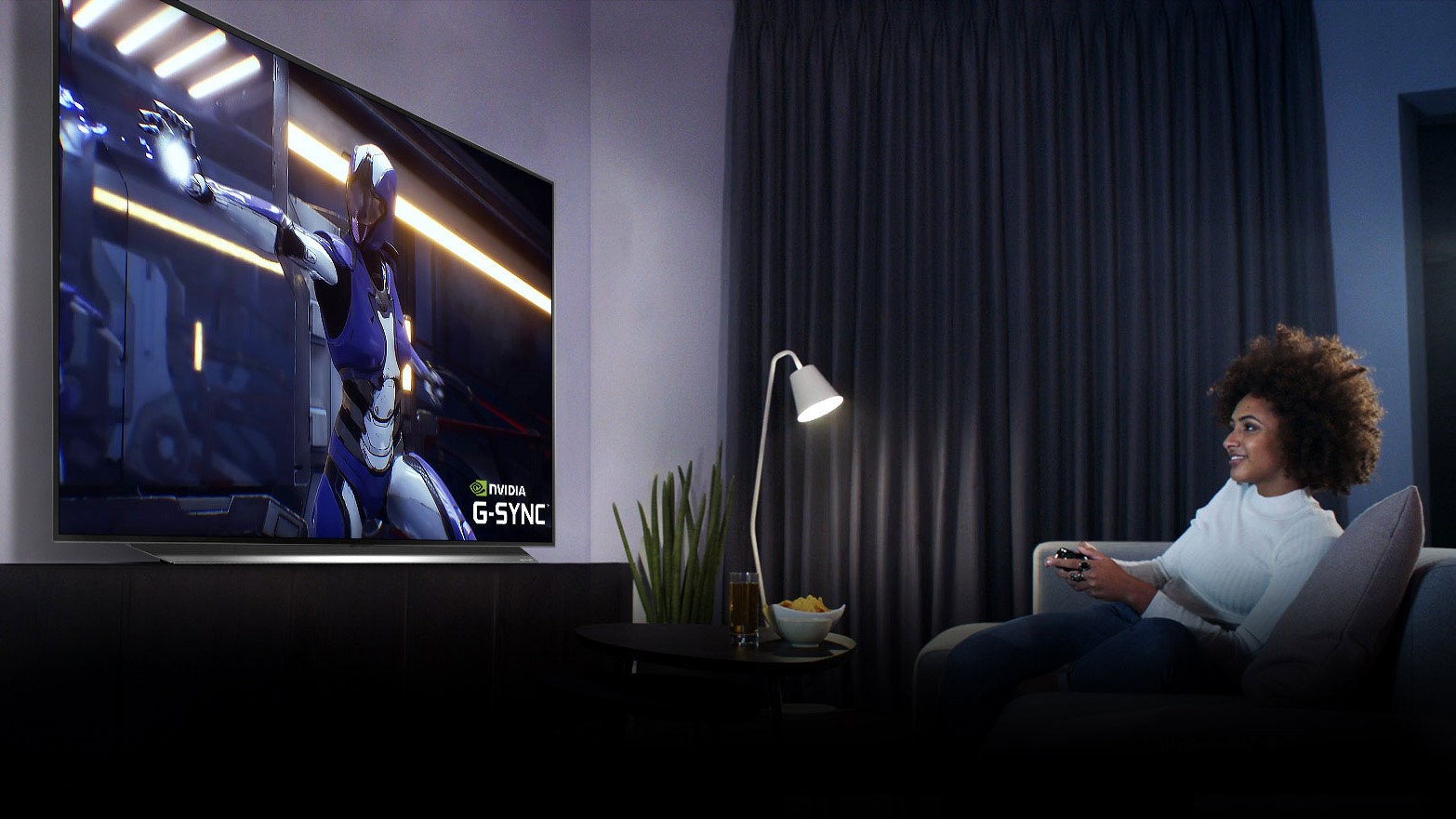LG really needs to fix its OLED TV prices in 2021
Opinion: This can’t go on

It’s been quite a year for OLED TVs – and for LG, specifically, something of a success story. Despite production difficulties earlier in 2020, the OLED panel maker (and therefore the company behind all OLED TVs, even those put out by Sony and Panasonic) managed to ride an ever-growing interest in OLED televisions, making for its first profitable quarter in years.
Part of that success lies in the aggressive pricing of its flagship 2020 model, the CX OLED. Originally retailing at $1,999 / £1,799 for a 55-inch size, and gradually dropping to $1,399 / £1,299 in the run-up to the Black Friday and Cyber Monday sales season, LG showed a huge willingness to meet consumers in the middle.
While that price won’t be affordable for all, it’s certainly a big chunk off the previous retail price, and as a permanent price cut won’t limit the savings to just a few eagle-eyed shoppers who logged on to buy at the right time.
This is where things get confusing, though. That's because the LG CX OLED also comes in a new 48-inch OLED size, introduced in 2020 as a way of lowering the cost for flagship TV models. We saw a 48-inch Sony A9, a 48-inch Philips OLED+935, and a 48-inch CX OLED, with others certain to come – but for some reason the 48-inch CX is still pricier than its 55-inch counterpart.
While the 55-inch CX has dropped to just $1,399 / £1,299, the 48-inch model holds strong at a $1,499 / £1,499 RRP. And, in my mind, this is a problem.
A tale of two sizes

There are arguments for a premium on the new 48-inch OLED, rooted in the cost of developing a new screen size, even if it’s smaller and technically uses fewer materials than other sizes. But there’s an odd dissonance to it, in asking shoppers to pay more for the privilege of a compact screen, and upending the usual relationship between size and price. It’s even stranger when considering no other TV brand is doing the same.
The 48-inch models of the Sony A9 and Philips OLED+935 are both the cheapest in their respective ranges – and the same happened for the new Beovision Contour announced in November, retailing for $5,999 / £5,150 (around AU$8,250) rather than the $16,600 / £12,900 (around AU$22,000) price tag of the 65-inch model.
Get daily insight, inspiration and deals in your inbox
Sign up for breaking news, reviews, opinion, top tech deals, and more.
You could see this as a sign of the 55-inch model’s incredible value – but it also makes the 48-inch appear overvalued, when the great promise of such smaller screens is surely in their ability to lower barriers for those wanting to get on the OLED TV ladder.
I complained about this when the 48-inch CX was first announced. Why not bring the 48-inch size to the LG BX OLED, a far more affordable model, and lower the price of entry to the entire 2020 range?
We’re yet to see LG’s 2021 range, which will likely be unveiled in early January, when we virtually visit the CES 2021 expo. More 48-inch models seem certain, though we still don’t know if LG will make it the norm for all of its OLED TVs, or continue to save it for selected high-spec models.
Either way, to realize the potential of the 48-inch size, and ensure customers get something appropriate to what they’re paying, it’d be best to see the next round of compact OLEDs actually offer a saving over larger, more standardized sizes. We can only hope that's what LG is planning.
- Every 48-inch OLED TV you can buy
Henry is a freelance technology journalist, and former News & Features Editor for TechRadar, where he specialized in home entertainment gadgets such as TVs, projectors, soundbars, and smart speakers. Other bylines include Edge, T3, iMore, GamesRadar, NBC News, Healthline, and The Times.
